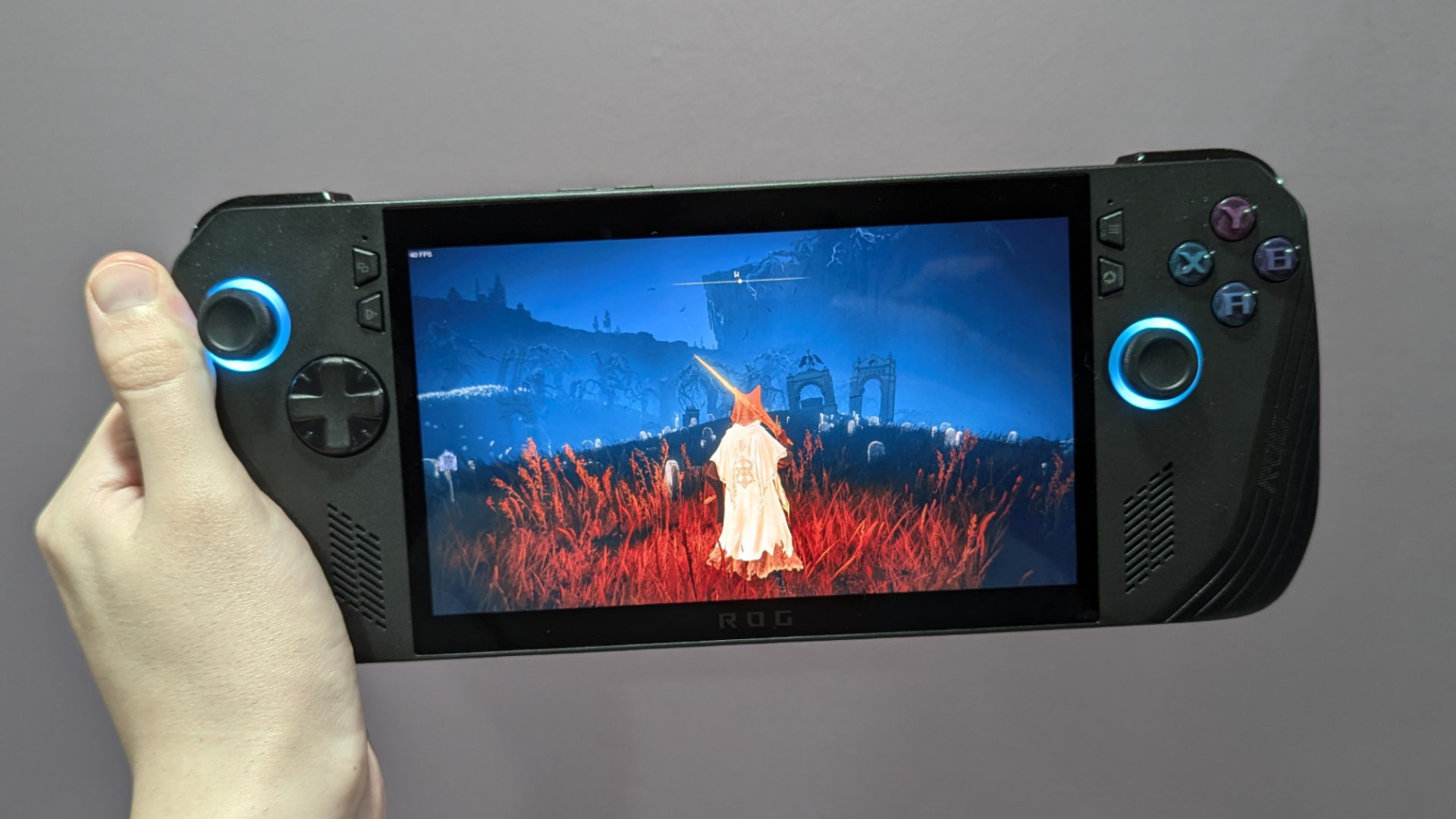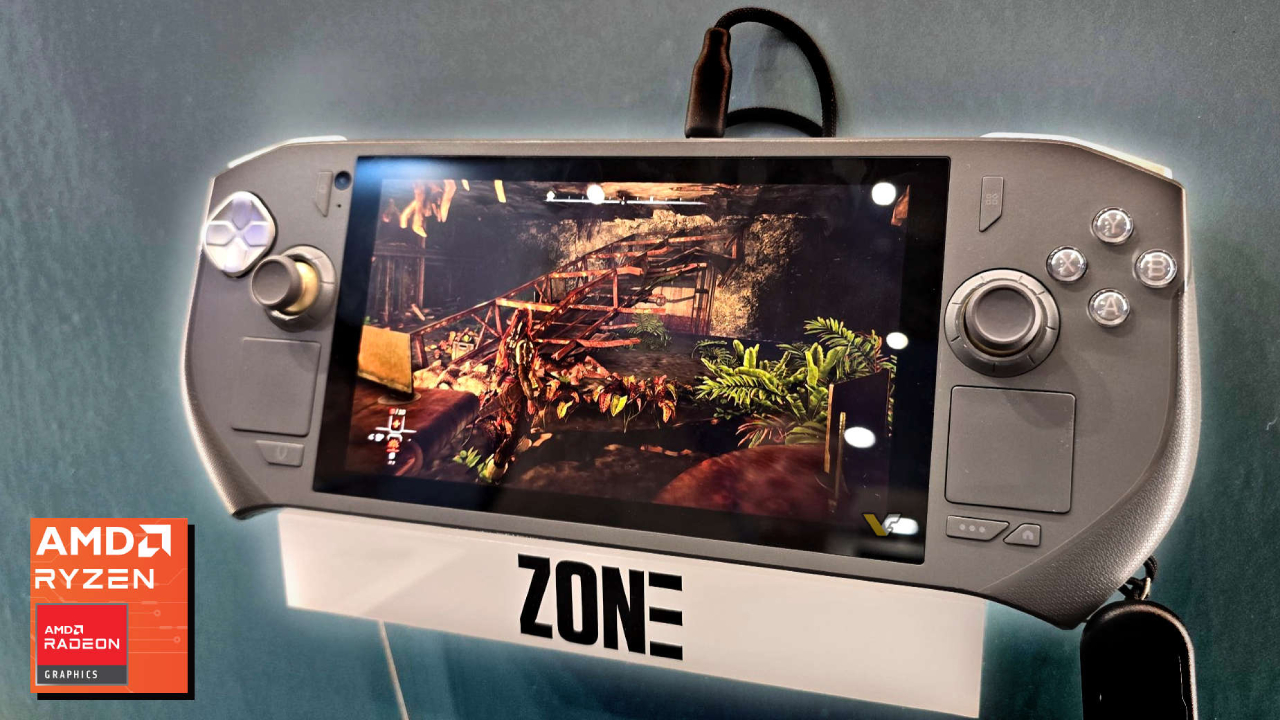
Samsung announced today that it has begun production of 12GB and 16GB packages for its new class of RAM, which could potentially change the future of mobile hardware (via Neowin).
The company revealed its new LPDDR5X RAM in April, promising "25% higher performance, 30% more capacity, and 25% higher power efficiency."
Samsung claims it's the industry's highest-performance LPDDR5X DRAM with its 10.7 gigabits-per-second speeds. It also claims that its 12 nanometer chip size is the smallest among existing LPDDRs.
Executive Vice President of Memory Product Planning at Samsung, YongCheol Bae, claims "LPDDR DRAM is expected to expand its applications from mainly mobile to other areas that traditionally require higher performance and reliability such as PCs, accelerators, servers, and automobiles."
The new ultrapowerful RAM also expands the "single package capacity of mobile DRAM" up to 32GB, which would allow demanding mobile technology to boost its capacity up from the previously common 24GB.
Alongside this, it will shift the needed power based on its current load and will allow for "energy-saving periods." Samsung claims this results in power efficiency enhanced by 25%, yielding longer-lasting battery life, a vital component of any mobile device.
But how will this impact mobile devices like Windows gaming handhelds?
Samsung will change Windows gaming handhelds
Samsung's implementation of a new class of mobile RAM could quickly be adopted by all sorts of hardware manufacturers, not just smartphone makers. Let's take a look at what each of the existing Windows gaming handhelds are built with thus far:
- Asus ROG Ally: 16GB LPDDR5 at 6400Mbps
- Lenovo Legion Go: 16GB LPDDR5X at 7500Mbps
- MSI Claw: 16GB LPDDR5 at 6400Mbps
- Asus ROG Ally X: 24GB LPDDR5X at 7500Mbps
The Asus ROG Ally X already staggered us with an upgrade to LPDDR5/X-7500 with 24GB capacity, which is by far the strongest of the group both in power and size. With Samsung's newest RAM, that would result in a massive increase to 10.7Gbps data processing speeds, alongside the potential for 32GB of RAM in a single package.

However, we don't truly know when Samsung will begin to develop those larger sizes, as the current production announcement exclusively revolves around 12GB and 16GB packages.
Even then, Windows gaming handheld manufacturers can easily bypass this issue by doubling up. The Asus ROG Ally X achieved its 24GB size through two 12GB RAM, so the same could be done for a future iteration.
Even if the expectations in capacity don't follow with these upgrades Samsung is making, we can at least expect massive improvements to performance and battery life once these are implemented into future Windows gaming handhelds.
Battery life is especially vital, as any little thing hardware manufacturers can do to squeeze more longevity out of a mobile gaming device is important. This is a big part of why the Asus ROG Ally X was a huge improvement over its predecessor, as its vastly improved battery life put it above and beyond the competition.
Improvements to thermals are also exciting, as this is another case where anything manufacturers can do to keep devices cooler will be appreciated. And with smaller chips, engineers can find new ways to redesign these devices and result in something even more compact, or offer more room for something else (like a larger battery).
Next gen Windows gaming handhelds are coming
Windows gaming handhelds will soon find themselves thrust into the next generation with hardware that will trump what's currently available. Samsung's announcement will play a huge part in achieving this, although it may be implemented before the next generation arrives.
We expect the proper next generation of Windows gaming handhelds will come when AMD finally unveils its successors to the Ryzen Z1 and Z1 Extreme processors, which are currently based on AMD RDNA 3 architecture.
Some devices seem to have a preference towards Intel processors (like the MSI Claw), but the results of that have been mixed, with us giving the Claw 2.5 stars out of 5 due to its poor performance.
We already know of AMD RDNA 3.5 GPU existing, with AMD Strix Halo APU in this space with 40 RDNA 3.5 Compute Units (versus the Z1 Extreme's 12 RDNA 3 Compute Units), and AMD RDNA 4 is heavily rumored, with X user Kepler_L2 claiming that RDNA 4's ray tracing would be completely different, versus RDNA 3's being based on RDNA 2.

We expect the next generation of Windows gaming handhelds will officially come when a new chip is implemented that utilizes RDNA 3.5 or 4 architecture, which could be anywhere from next year or even further on.
For now, it seems as if AMD Ryzen Z1 and Z1 Extreme will continue to be utilized for Windows gaming handhelds until AMD launches a successor.
It's also possible that these devices get creative and implement something other than the AMD Ryzen Z1 series, which is what the ZOTAC ZONE is doing with its AMD Ryzen 7 8840U processor and AMD Radeon 780M integrated graphics. These are still based on RDNA 3 architecture, so it's not much different from Z1 and Z1 Extreme.
Considering the ZOTAC ZONE is doing this, perhaps we'll see AMD Strix Halo powering Windows gaming handhelds soon. Alongside the implementation of Samsung's 10.7Gbps LPDDR5X RAM, that would absolutely bring in the next generation.







